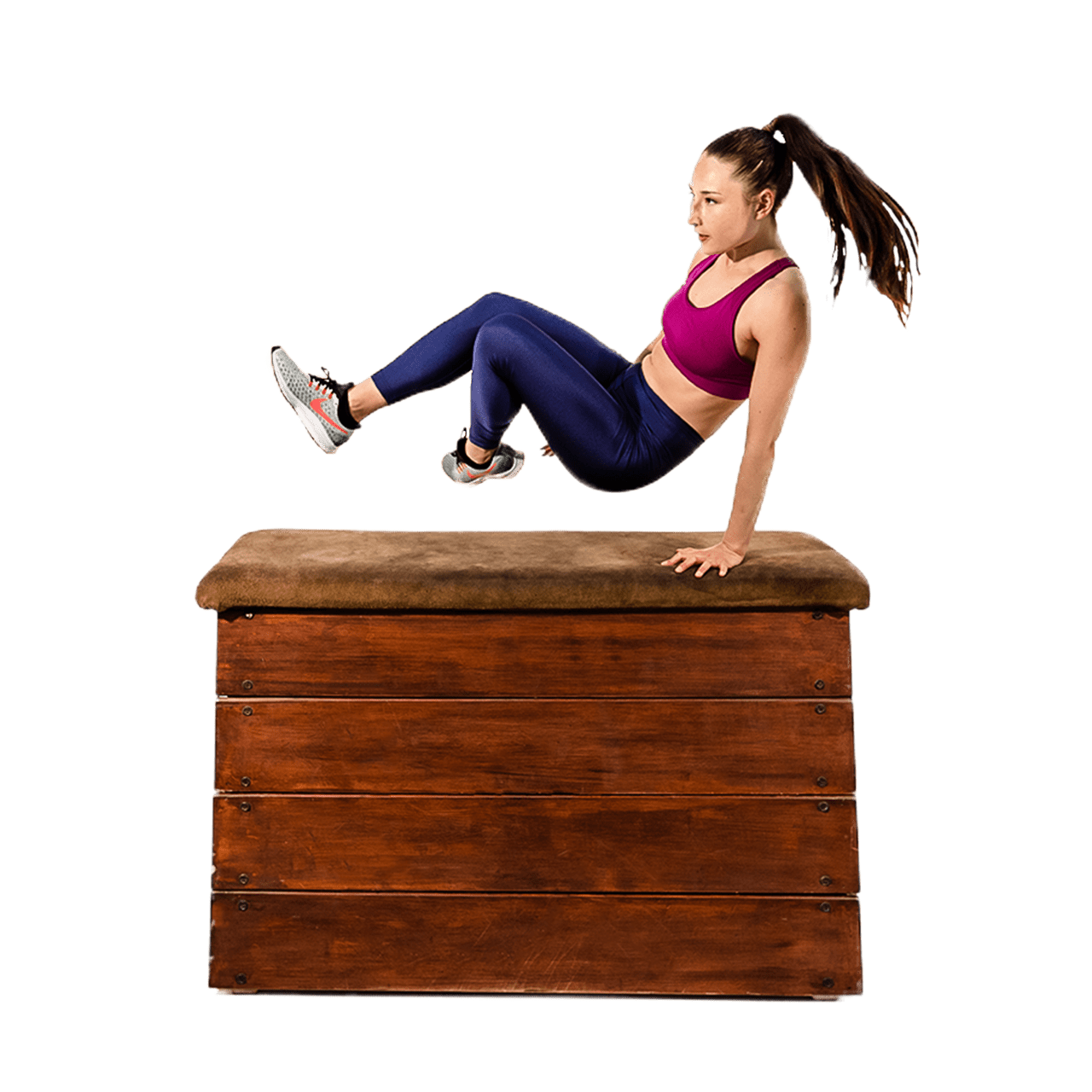Climbing can often seem like an upper body workout, but the real powerhouse in your ascent is probably your legs. If you’ve ever felt fatigued in your arms during a climb, you’re not alone. Many climbers make the mistake of over-relying on their upper body strength, when in fact, it’s your legs and core that should be doing the heavy lifting. This tutorial is designed to help you understand how to strategically use your legs and maintain the best form to make your climbing experience more efficient and enjoyable.
As you start climbing, focus on positioning your feet correctly. An ideal foot placement will keep your climbing shoes from slipping and allow your legs to generate most of the upward force. It’s essential to engage your core and maintain a straight arm position to ease the load on your upper body. By keeping your arms straight while you climb, you'll be better able to distribute the effort through your legs and core. This technique not only makes the climb less strenuous but also helps you to conserve energy for longer ascents.
To summarize, the key to an effective climb lies in harnessing the strength of your legs rather than your arms. Make sure your feet are properly positioned and use your core for stability. By doing so, you’ll find that rises are less exhausting, and you can sustain your energy for longer climbs. The more you practice this technique, the more efficient and enjoyable your climbing experiences will become.
- Focus on foot placement to reduce slippage and engage your legs efficiently.
- Maintain a straight arm position to help distribute effort during the climb.
- Engage your core to improve stability and support your leg strength.
2.62they I wanted to show you that actually6.16the legs do most of the work when you're8.59trying to do the climb up okay10.15the arms are keeping you on and yes11.889there is a little bit of tension but if13.779you have your foot in the correct15.19position that it's high enough and17.949you're not trying to fight it from19.449slipping down essentially the legs are22.24going to do most of the work as well as23.8your abs in your core rather than your25.509arm yes there's going to be tension to27.369keep you on the wall but other than that29.529the legs are going to do a lot of the31.21work now to show you this I've kind of33.37got camera back so you can see that I'm35.41going to keep my arms straight as I do37.3this climb up okay my legs are gonna do39.7most of the work
1 00:00:02,000 --> 00:00:07,000 they I wanted to show you that actually 2 00:00:06,000 --> 00:00:09,000 the legs do most of the work when you're 3 00:00:08,000 --> 00:00:11,000 trying to do the climb up okay 4 00:00:10,000 --> 00:00:13,000 the arms are keeping you on and yes 5 00:00:11,000 --> 00:00:14,000 there is a little bit of tension but if 6 00:00:13,000 --> 00:00:17,000 you have your foot in the correct 7 00:00:15,000 --> 00:00:19,000 position that it's high enough and 8 00:00:17,000 --> 00:00:21,000 you're not trying to fight it from 9 00:00:19,000 --> 00:00:23,000 slipping down essentially the legs are 10 00:00:22,000 --> 00:00:25,000 going to do most of the work as well as 11 00:00:23,000 --> 00:00:26,000 your abs in your core rather than your 12 00:00:25,000 --> 00:00:29,000 arm yes there's going to be tension to 13 00:00:27,000 --> 00:00:30,000 keep you on the wall but other than that 14 00:00:29,000 --> 00:00:32,000 the legs are going to do a lot of the 15 00:00:31,000 --> 00:00:35,000 work now to show you this I've kind of 16 00:00:33,000 --> 00:00:36,000 got camera back so you can see that I'm 17 00:00:35,000 --> 00:00:39,000 going to keep my arms straight as I do 18 00:00:37,000 --> 00:00:42,000 this climb up okay my legs are gonna do 19 00:00:39,000 --> 00:00:41,000 most of the work
![How to Climbup #16 - Arms Straight Parkour Tutorial. [055]](https://londonparkour.com/wp-content/uploads/2024/10/large/lMCG2t4YfuQ.jpg)
